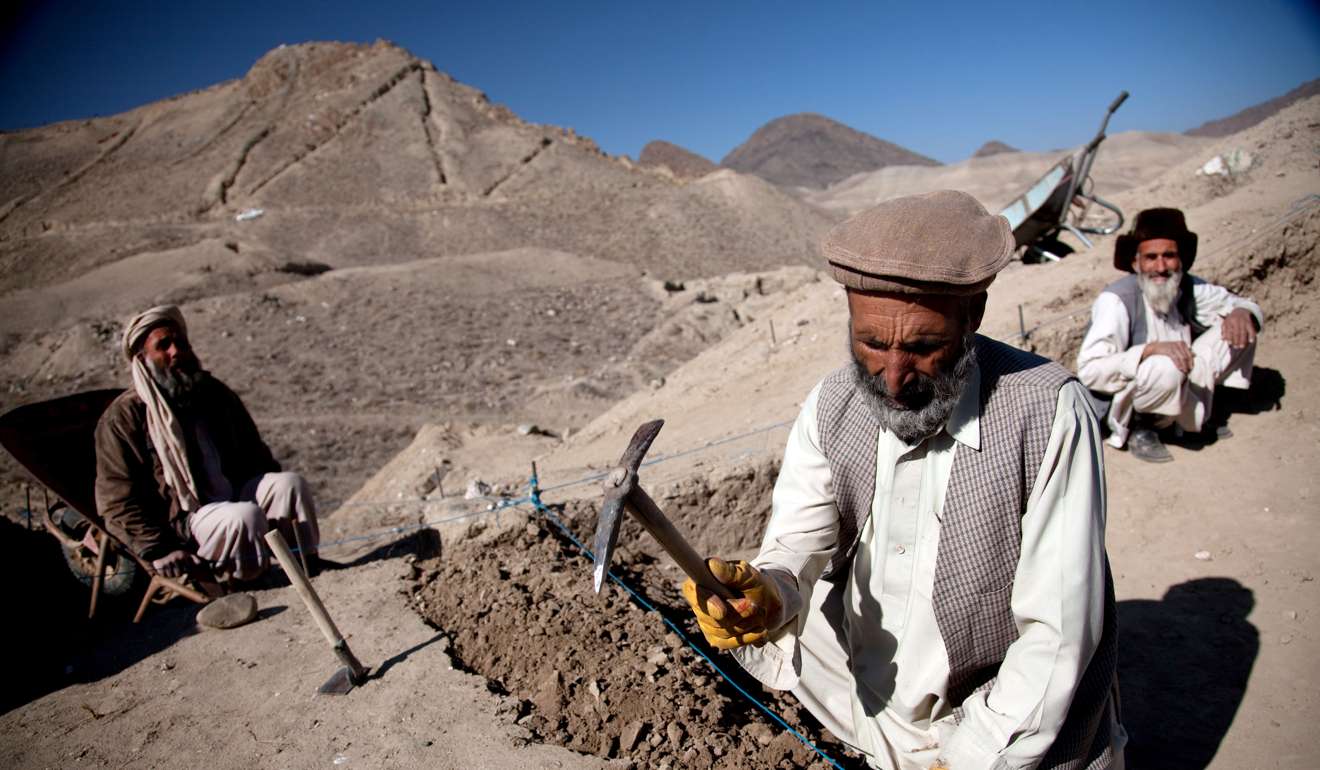It’s an intriguing proposition, but Toh’s book lacks a systematic approach and struggles to provide a convincing answer
Is China an Empire?
by Han Shih Toh
World Scientific
3 stars
The rise of China as an economic powerhouse, and increasingly a political and military one, is one of the most important global developments in the past three decades. The way that China, a vast country ruled by a communist party, grows and deals with other countries is set to affect everyone on this planet.
Han Shi Toh’s Is China an Empire? tries to give answers, or at least clues leading to answers, to the big questions surrounding these issues. As a former business correspondent for the South China Morning Post, Toh spoke to many people who traded with China or were affected directly by China’s growing presence, and his work during this period provides a foundation for this book.
From iron ore mines in Sierra Leone to port facilities in Sri Lanka, the sphere of China’s economy is expanding and a “China empire” is coming into shape, underpinned by the centralised authority in Beijing, an extensive global trade network and a massive manufacturing system.
Toh says what China is doing today in Asia, Africa and Latin America is similar to what European empires did during the 17th and 18th centuries. Presenting cases, statistics and quotes – many of them from the author’s own reports in the SCMP – Toh has done a masterful job in presenting an overview of China’s foray into overseas markets in recent years, set against proper geopolitical and historical context.
However, while Toh poses an interesting question in the book’s title, his work lacks a systematic approach and struggles to provide a convincing answer. Many readers will find themselves lost in the big picture that the author is trying to paint.
Toh tries to borrow a page from Niall Ferguson, the Scottish historian who has written best-sellers on British and American imperialism, in presenting China’s rise, but the book’s focus on China’s trade and investment ignores what is central to an empire: the single monarch or oligarchy, or in China’s case, the ruling Communist Party and its view of the world.
At the same time, Toh avoids other typical features of an empire: an ability to project military force beyond the homeland, an internationally recognised currency, influence of institutional arrangements, soft power, and so on.
Even in the area of investment and trade, the author pays more attention to China’s aggressiveness in gaining influence than the actual results. China’s wasted investment of billions of dollars in Venezuela is a typical example of its failure to obtain influence.
Another example is the Aynak copper mine in Afghanistan, developed by China’s state-owned metallurgical group and another Chinese state-owned copper company. Almost a decade on, not a single shipment of copper has reached China from Anyak.
China has had its fingers burnedf several times in its search for overseas resources and a lot of money has been wasted, mainly by the country’s well-connected state-owned enterprises. Yi Gang, when he led the agency running the day-to-day management of China’s foreign exchange reserves, publicly complained about state company executives knocking on his door and asking for money from the reserves to be spent abroad. China, in many cases, acted like a spoiled child in a candy shop instead of a serious empire builder.
Meanwhile, the largest source of funds behind China’s overseas expansion during the past decade is drying up – the country’s foreign exchange reserves have fallen by US$1 trillion in the past two-and-a half years. Partly because of Beijing’s mismanagement of the domestic economy and markets, China is turning from a poster child for global growth into a source of risk.
The government has already tightened controls over outbound investment, and existing outposts of Beijing’s financial power overseas – such as the offshore yuan markets – are withering. If China’s economic might weakens along with its currency and economy, there’s really not much left to say about a China empire.
However, Toh is correct to say that perhaps we are still witnessing the early stages of a long, historical rise by China, and there are bound to be setbacks before the country can claim its place as a global power.
Is China an empire? The answer will come sometime in the future, but Toh’s book will be a good place to start for those eager to learn how China is flexing its economic muscles overseas.

